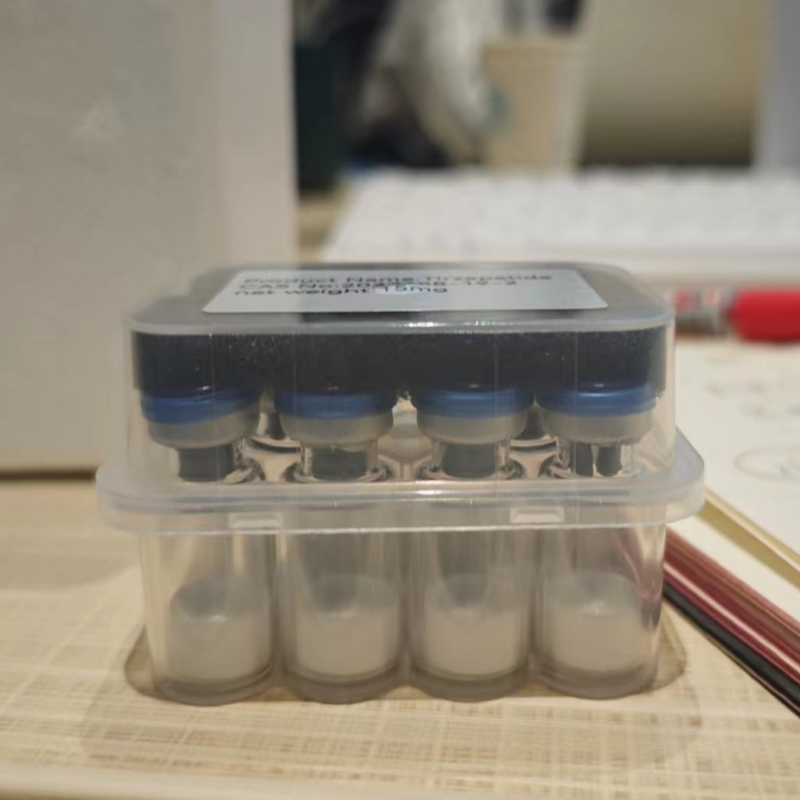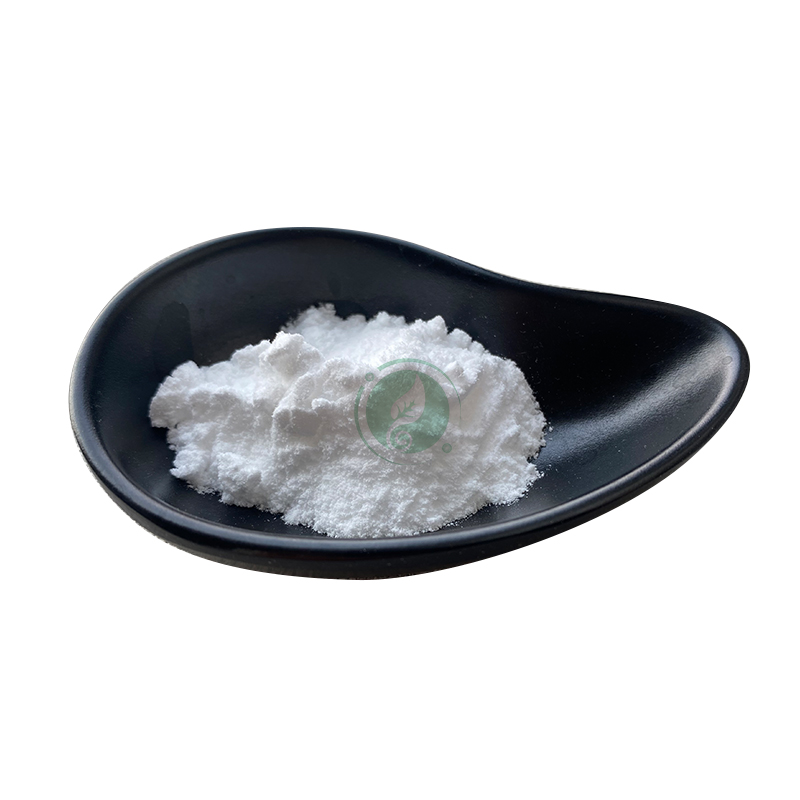-
Categories
-
Pharmaceutical Intermediates
-
Active Pharmaceutical Ingredients
-
Food Additives
- Industrial Coatings
- Agrochemicals
- Dyes and Pigments
- Surfactant
- Flavors and Fragrances
- Chemical Reagents
- Catalyst and Auxiliary
- Natural Products
- Inorganic Chemistry
-
Organic Chemistry
-
Biochemical Engineering
- Analytical Chemistry
-
Cosmetic Ingredient
- Water Treatment Chemical
-
Pharmaceutical Intermediates
Promotion
ECHEMI Mall
Wholesale
Weekly Price
Exhibition
News
-
Trade Service
The development of new oncology drugs is the main market for major pharmaceutical companies.
Autoimmune diseases have also begun to become a hot field.
As the world’s leading cause of death, the development of new drugs for cardiovascular disease (CVD), which accounts for one-third of the cause of death, But the pace slowed down and entered a bottleneck
.
On May 22, at the 2021 DIA Annual Meeting, many industry professionals shared their views on the current pain points and difficulties in the development of drugs in the cardiovascular field
.
Decrease in new cardiovascular drug approvals
In the past 20 years, many cardiovascular disease drugs have made great progress.
In the 1980s, new cardiovascular drugs accounted for about 25% of FDA-approved new drugs, and tumors accounted for only 10%
.
Most of the blockbuster drugs in CVD drugs were also born during this period, including statins, which have become the standard treatment for lowering cholesterol and preventing atherosclerosis, and have achieved blockbuster drugs-Pfizer's lipitor, Merck's Zocor and Atherosclerosis.
With the expiration of patents for these drugs, a large number of generic drugs have entered the market, allowing more patients to receive better treatment
.
It is very difficult to develop new drugs to prove additional benefits .
It is almost impractical to develop new drugs to replace statins, not to mention whether the concept of targets can be successful.
For example, cholesteryl ester transfer protein (CETP) once believed that drinking could increase HDL levels and was considered an ideal target for lowering lipids.
However, the regulatory authorities have extremely low tolerance for the safety risk of CVD drugs.
In addition to achieving the set curative effect, they also need to prove that they can significantly reduce the outcome of cardiovascular events.
Roche, Eli Lilly, Merck & Co.
, etc.
have successively abandoned this Development of a target
.
According to Li Haiyan, director of the Drug Clinical Trial Center of Peking University Third Hospital, compared with clinical trials in the field of oncology, there are fewer clinical trials in the field of early cardiovascular disease:
Cardiovascular drug development challenges and opportunities coexist
Considering the cost, difficulty, trial registration requirements, and the efficacy of existing drugs on the market, some pharmaceutical companies have given up on the types of drugs that once dominated innovation.
Sanofi is one of them.
Sanofi was once a giant in the cardiovascular field.
, Plavix (clopidogrel bisulfate tablets), enoxaparin and Praluent are all blockbuster products
.
However, it was announced on June 20, 2019 that Sanofi would abandon its cardiovascular business and focus on cancer, immunology, rare diseases, and vaccines
Whether the cardiovascular market is still worth focusing on development becomes a question
.
There are many challenges facing the development of new cardiovascular drugs.
Regarding the main problems faced by the clinical research and development of new cardiovascular drugs in China, Wang Shuiqiang from the Drug Evaluation Center of the State Food and Drug Administration summarized the following points:
1.
Domestic original researched new drugs: The research and development costs of new drugs are constantly rising, and the success rate is low.
Some companies have not comprehensively considered and timely discovered the problems in clinical trials and carried out trials blindly
.
2.
Foreign marketed drugs: (1) Lack/limited Chinese population research data; (2) Based on existing data, it is impossible to evaluate whether the drug has ethnic differences; (3) It is impossible to evaluate the efficacy of the drug in the Chinese population.
Safety evaluation; (4) PK, PK-PD ethnic differences; (5) China participates in international multi-center clinical trials, Chinese subgroup data is inconsistent with the global overall results; (6) There are ethnic differences in efficacy and safety
.
3.
Foreign original research drug IND: (1) China did not participate in the early clinical research and development of this type of drug; (2) When conducting international multi-center clinical trials, the issues of different regions were not fully considered; (3) NDA registration in China faced difficulties
.
In this regard, Wang Shuiqiang also gave corresponding suggestions:
1.
Domestic original research drugs: clinical trials should be carried out in strict accordance with ICH guidelines and other clinical trial guidelines, etc.
, and focus on clinical trial programs to ensure design quality.
Quantitative methods can play a unique role in program design and result analysis; clinical research must ensure systemicity (Including tolerability, safety, pharmacokinetics, pharmacodynamics, dose exploration, confirmation, etc.
); analyze the key nodes of clinical trials, and discuss major decisions, important scientific issues, and key technical issues in clinical research Communicate with the drug review department in a timely manner; carry out confirmatory clinical trials
.
2.
Foreign original research drugs: new drugs that are planned to be registered in China in the future, encourage China to participate in early clinical research and development; pay attention to clinical research data at various stages, including PK, PD quantity, dose exploration and confirmatory clinical trials; international multi-center clinical trials are in progress In the design phase of the trial plan, regional factors should be considered in advance, ethnic differences should be paid attention to, and the key content of the trial design should be communicated; strive for the global simultaneous application of new drugs, and provide Chinese patients with effective and safe drugs as soon as possible
.
Although challenges continue, the development of new drugs for the current CVD market seems to be entering a turning point.
One is to explore possible new indications for existing drugs from the results of clinical trials on the outcome of cardiovascular events, including SGLT -2 inhibitors in the development of heart failure
.
The other is to find more precise targets to better define a smaller target patient population, which will reduce the scale of the current trial of tens of thousands of patients.
All in all, the current slowdown in the launch of new cardiovascular drugs is a challenge as well as a new opportunity







